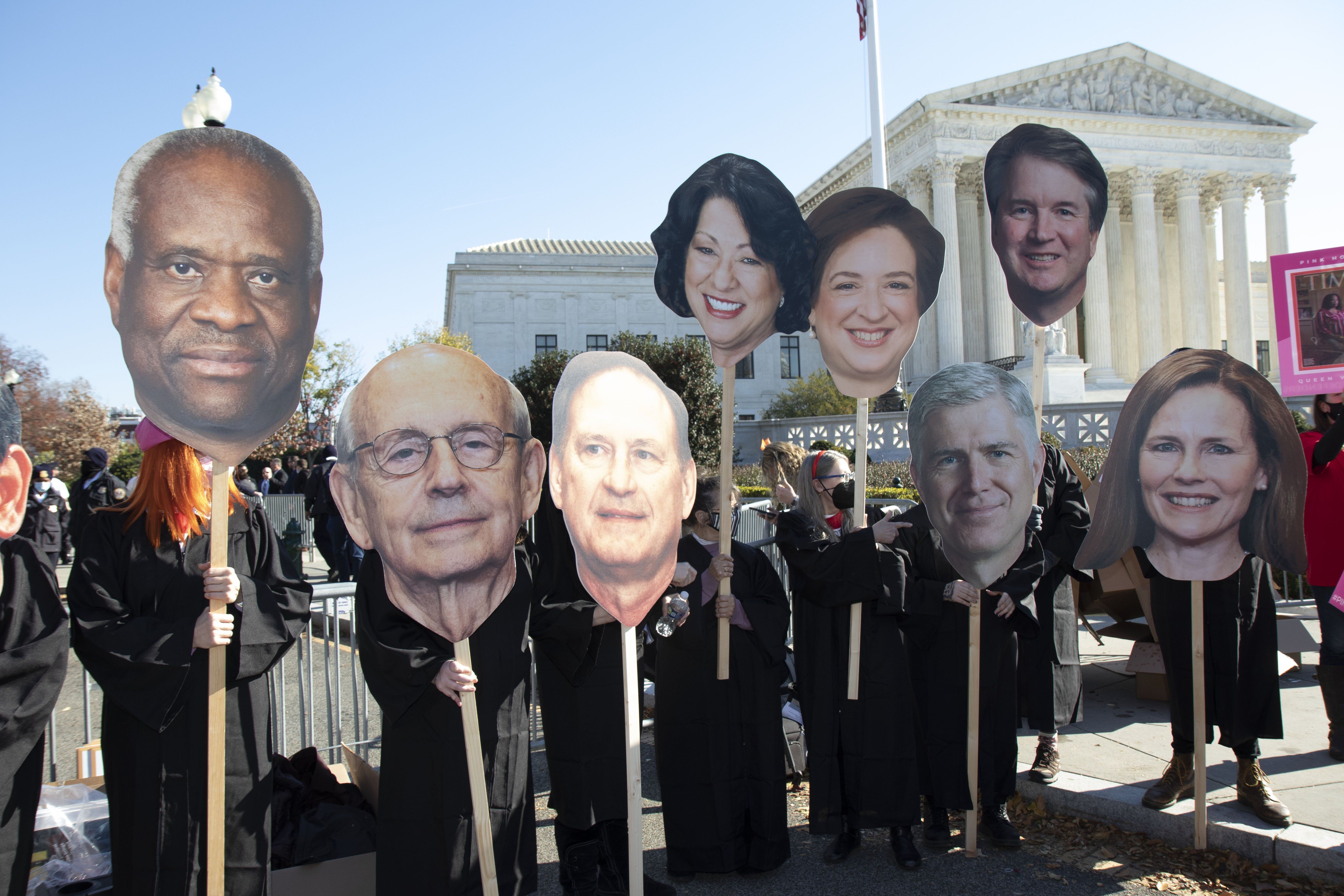Everyone knows a lot is at stake in next week’s election, with voters deciding between two candidates with vastly different visions for the United States. But the stakes may be highest at the Supreme Court, where the next president could determine whether the court swings back toward an ideological equilibrium or if the Republican-appointed majority gets even stronger, potentially ensuring conservative dominance for decades to come.
The Supreme Court increasingly acts like a legislative body. And with Congress riddled with partisan gridlock, it is also increasingly the most politically influential branch of the federal government, requiring only a five-person majority to make groundbreaking decisions on rights, regulations, and the rule of law.
When Donald Trump was last in office, he appointed JusticesNeil Gorsuch, Brett Kavanaugh, and Amy Coney Barrett, giving the Supreme Court its current 6-3 conservative majority. This has allowed for the overturning of Roe v. Wade, the expansion of 2nd Amendment gun rights, and the limitation of federal agencies’ power to regulate the environment, public health, workplace hazards, and many other issues pertaining to their offices. It was also responsible for the landmark ruling in Trump v. United States, which gave presidents immunity from criminal prosecution.
Since then, President Joe Biden replaced Democratic-appointed Justice Stephen Breyer with Justice Ketanji Brown Jackson, keeping the ideological balance of the court the same.
How will the next president affect the makeup of the Supreme Court?
“I would expect at least one vacancy depending on whoever wins on either side,” predicts Emily Bazelon, a senior fellow at Yale Law School, “but possibly more because sometimes life events or health intervene.”
If Kamala Harris wins the presidency, the oldest Democratic-appointed justice, Sonia Sotomayor, would likely step down, giving the Democrats the power to replace her with someone younger. Supreme Court justices serve for life, so appointing a younger judge is a way of projecting political power, sometimes decades into the future. If a Republican-appointed judge steps down under Harris, the court would swing back towards a more even 5-4 majority.
On the other side, if Trump wins the presidency, 74-year-old Conservative Justice Clarence Thomas would be highly likely to step down, giving the conservative side of the bench four judges under the age of 60 (two of which are already 55 or younger). The second oldest justice, 72-year-old Samuel Alito, could also potentially retire.
If one of the Democratic-appointed justices were to step down under a Trump administration, that would create a rock-solid 7-2 Conservative majority, which is likely to have real policy implications. “The more people you can choose from to make a majority, the less you have to worry about internal differences,” says Bazelon. “Getting a majority vote of five just gets easier.”
She expects that a 7-2 majority may further limit states’ and cities’ abilities to restrict firearms or to provide emergency abortion services when women experience complications late in pregnancy.
“The more robustly conservative the court is, the more ambitious the right-wing agenda becomes,” Bazelon added.
